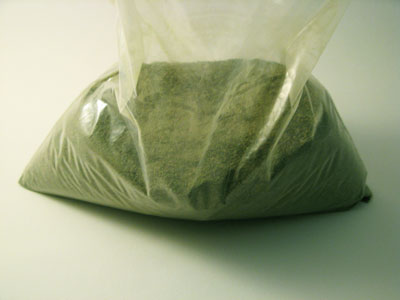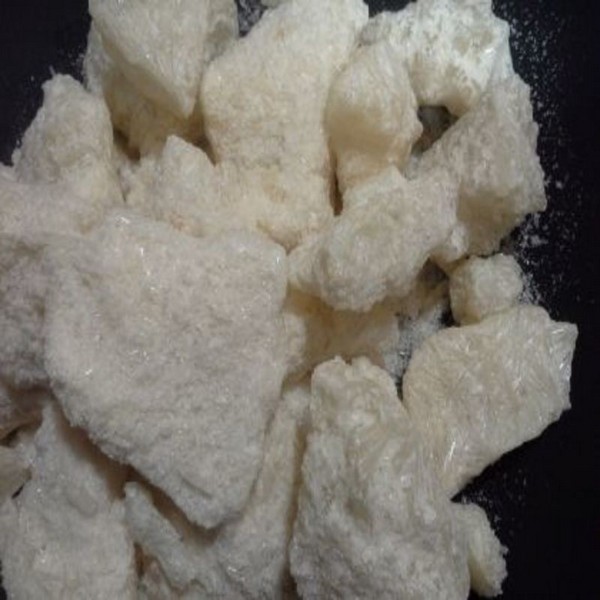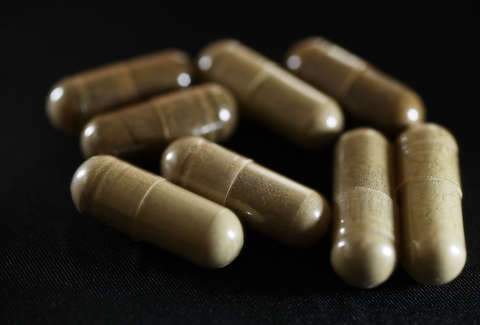Description
What Is 7-Hydroxymitragynine?
Kratom’s two primary alkaloids — 7-hydroxymitragynine and mitragynine — are responsible for producing most of its many pharmacological effects.
Alkaloids are organic compounds containing nitrogen, an extremely broad category that includes chemicals like ephedrine, caffeine, and morphine; 7-hydroxymitragynine is unique because it’s a derivative of mitragynine.
Alkaloid concentrations can vary between kratom strains, but, on average, 7-hydroxymitragynine makes up only 2% of kratom’s alkaloid budget. For comparison, mitragynine comprises up to 66% of alkaloids in some Thai kratom strains.
However, the concentrations alone don’t tell the whole picture, and even minimal hydroxymitragynine concentrations play an important role in influencing kratom’s pharmacological effects.
How Long Do the Effects of 7-hydroxymitragynine Last?
The effects of hydroxymitragynine typically last for a few hours, with larger doses lasting longer. For an average kratom dose size of around 5 grams, you can expect the pain-relieving effects of hydroxymitragynine to last for approximately five to six hours.
Interestingly, the biological half-life of 7-hydroxymitragynine is about 2.5 hours, meaning some significant amount could remain in your system for long periods.
Is 7-hydroxymitragynine an Opiate?
While 7-hydroxymitragynine is not an opiate, it does have similar effects. Its similarities can lead to some confusion about how this alkaloid functions in the body. Even though 7-hyd behaves somewhat like an opiate, the interaction mechanisms are different.
Specifically,hydroxymitragynine binds with mu-opioid receptors in the body, which can limit the number of nerve impulses traveling in your central nervous system.
The alkaloid is a partial agonist, as it doesn’t completely block pain signals traveling from your brain to your body.
Where Does 7-hydroxymitragynine Come From?
Kratom plants produce mitragynine as part of their natural life cycle. As the plants mature, mitragynine is converted to 7-hyd through oxidation, the same type of reaction that causes metal to rust.





Reviews
There are no reviews yet.